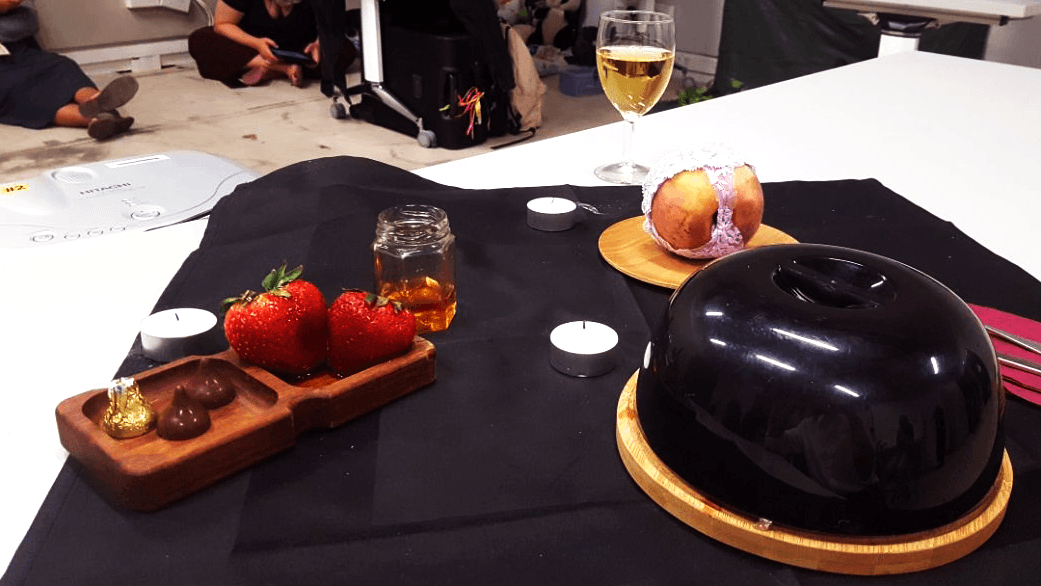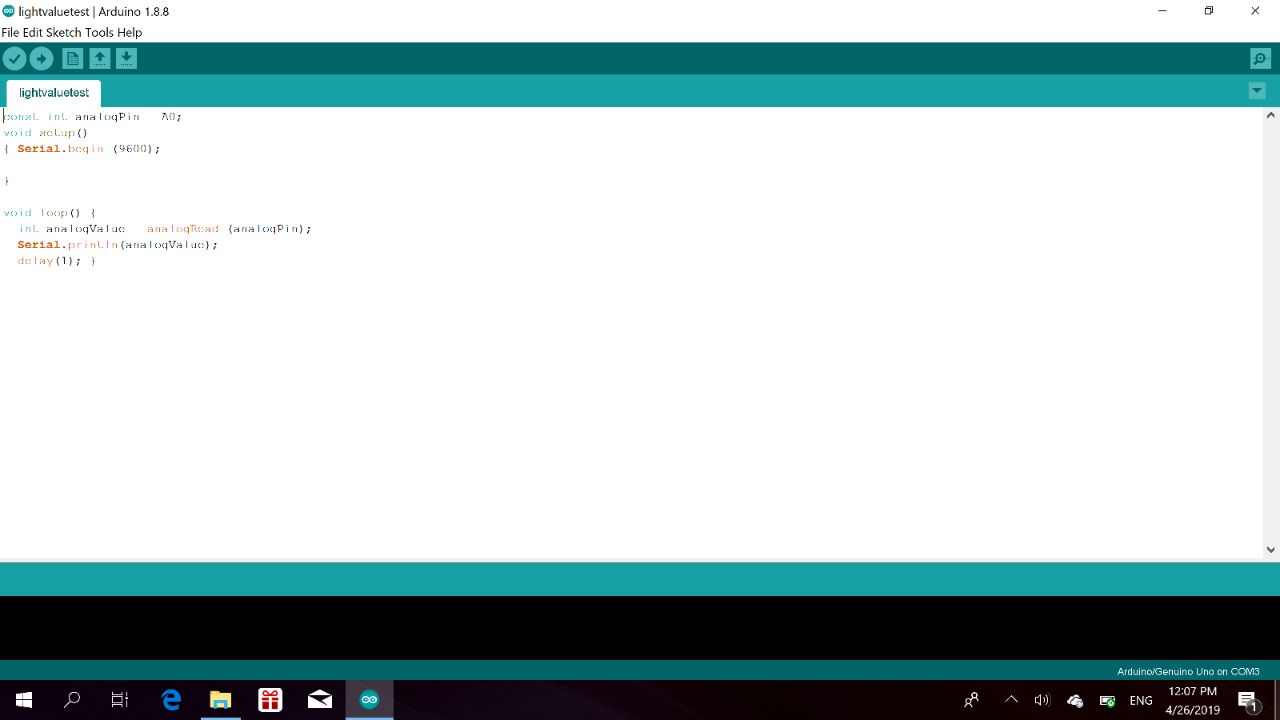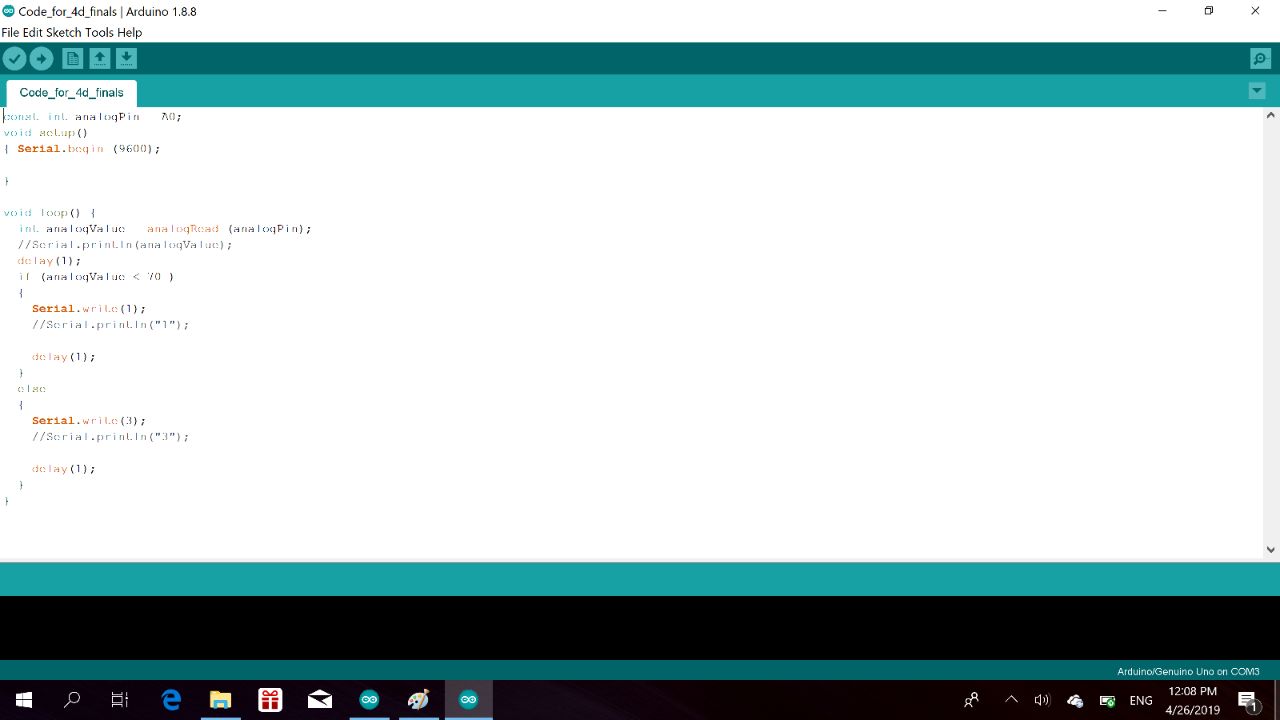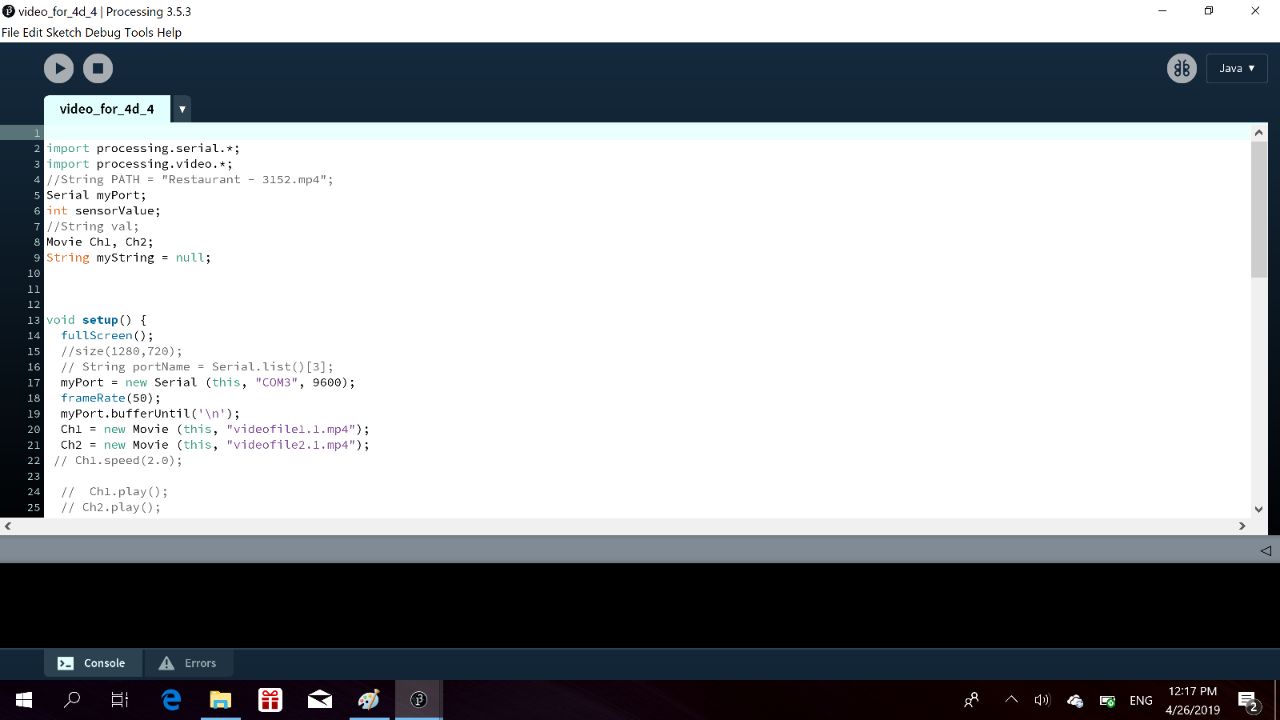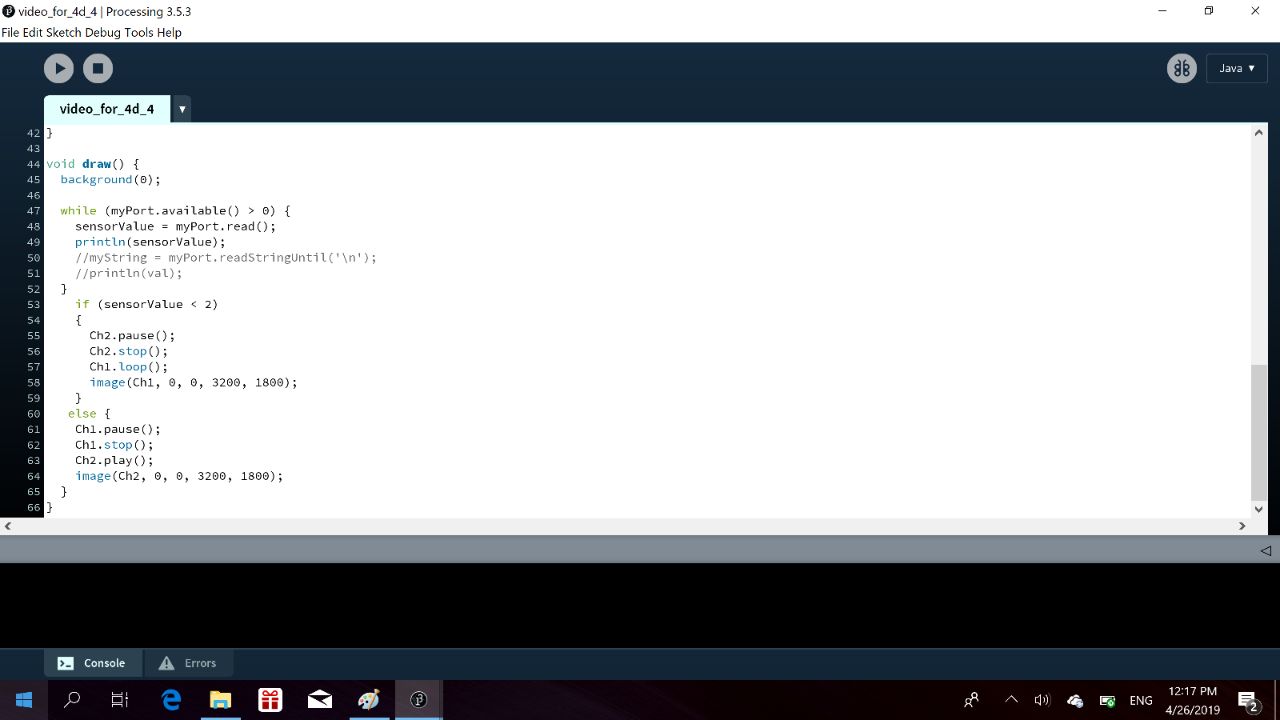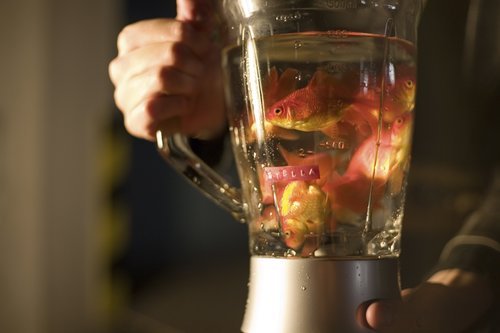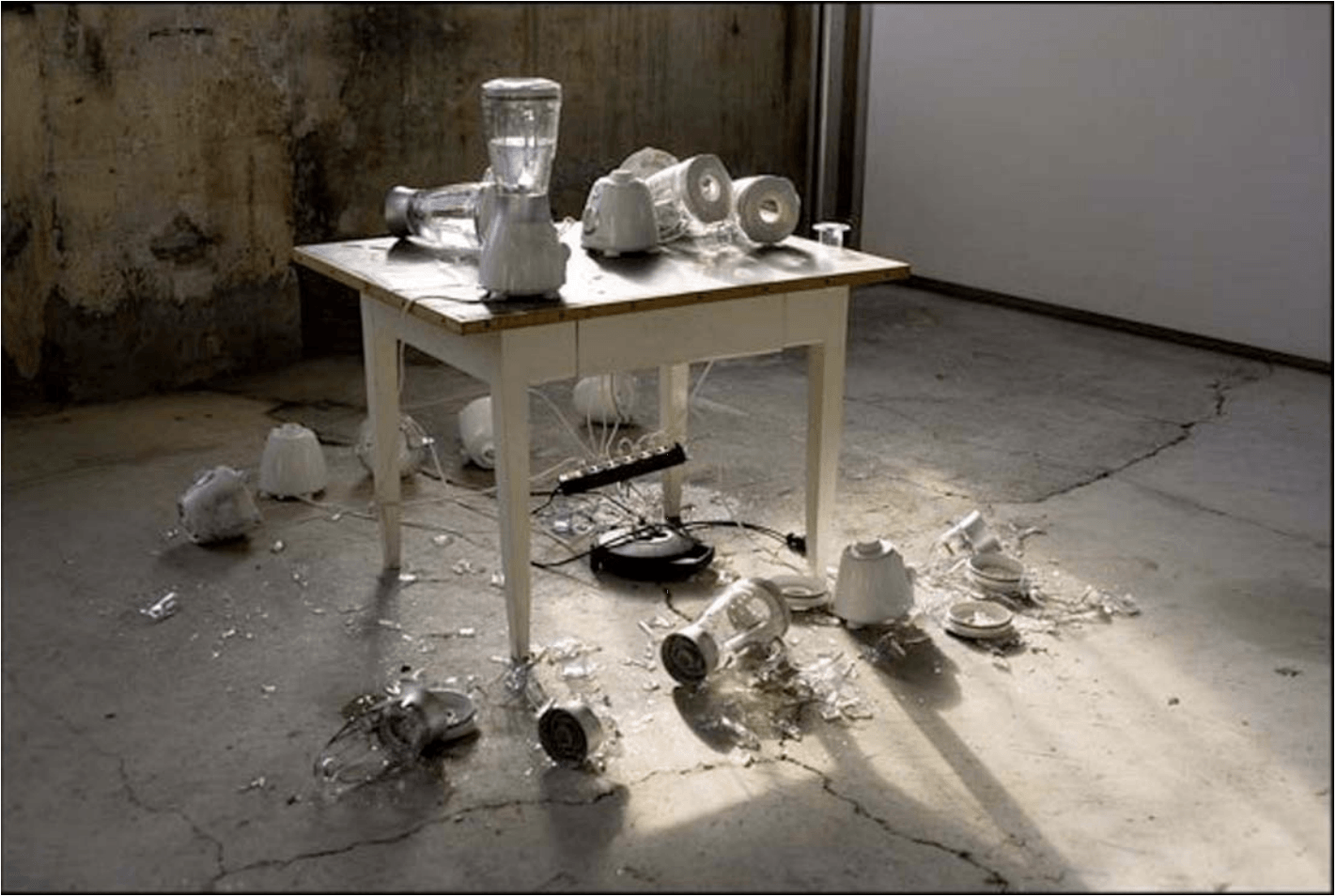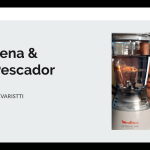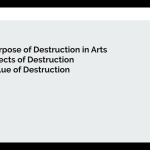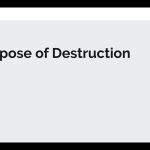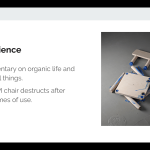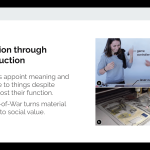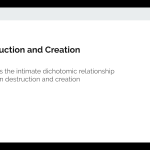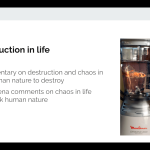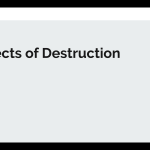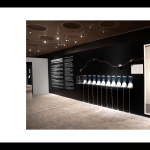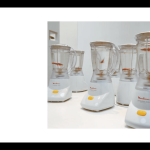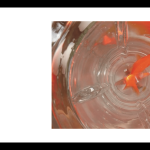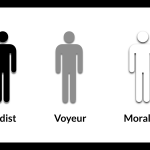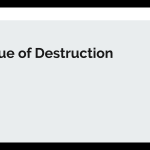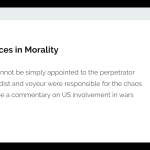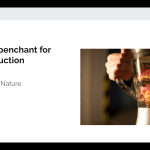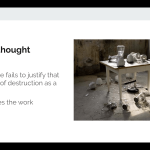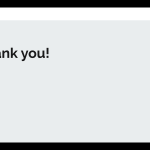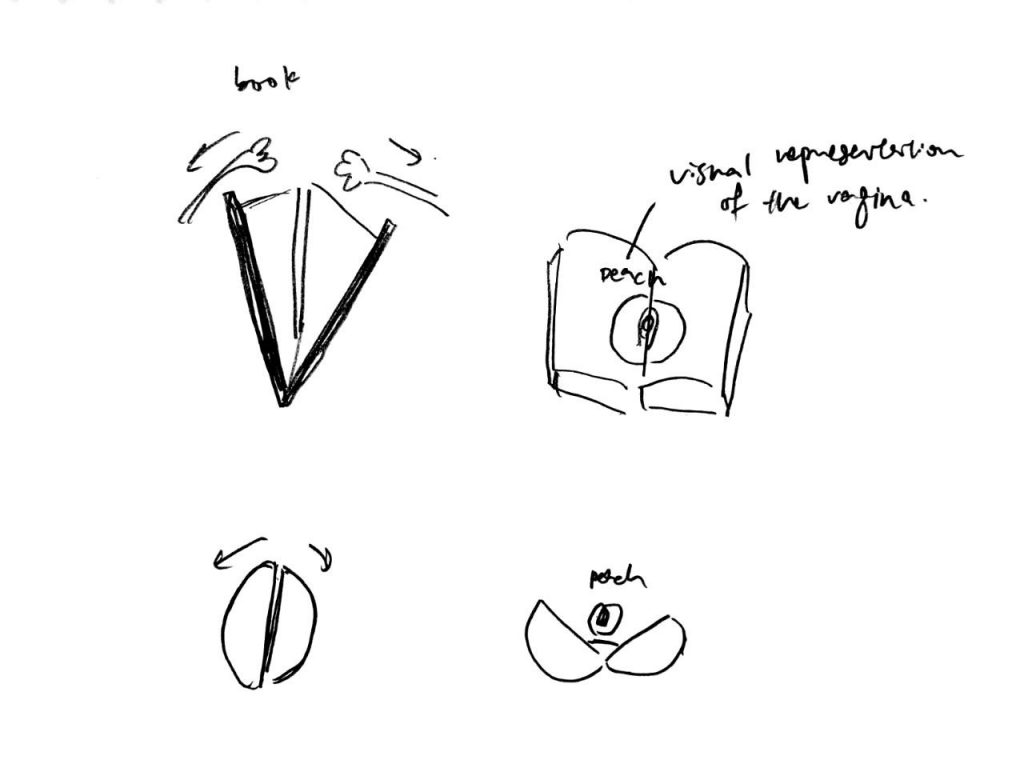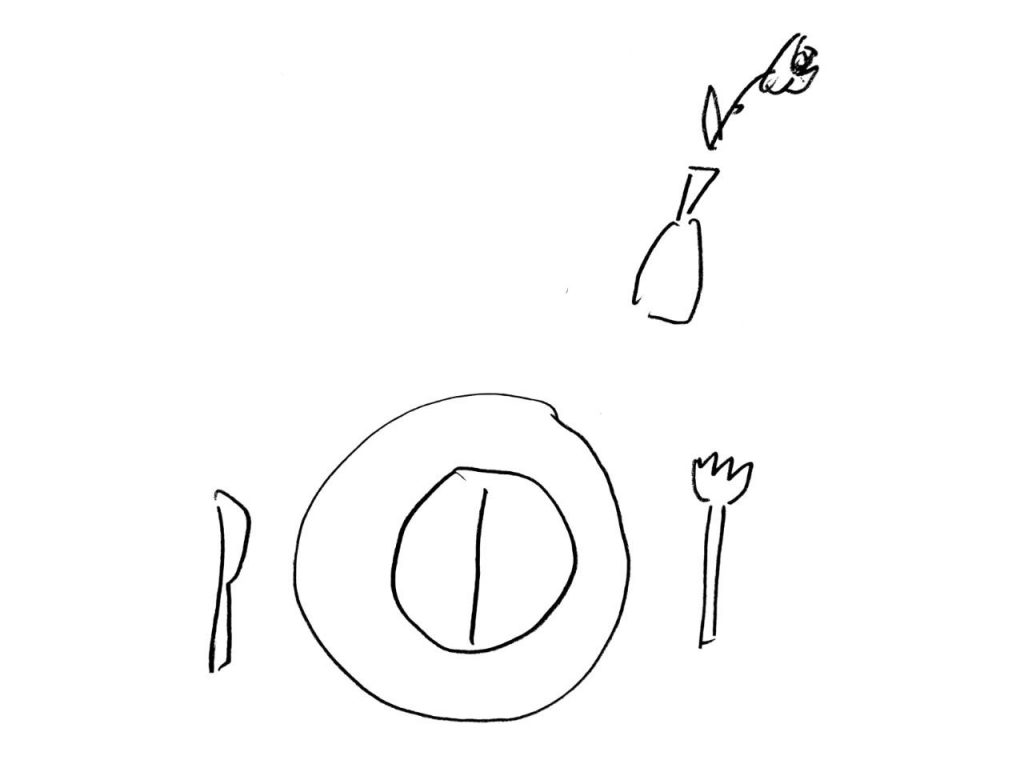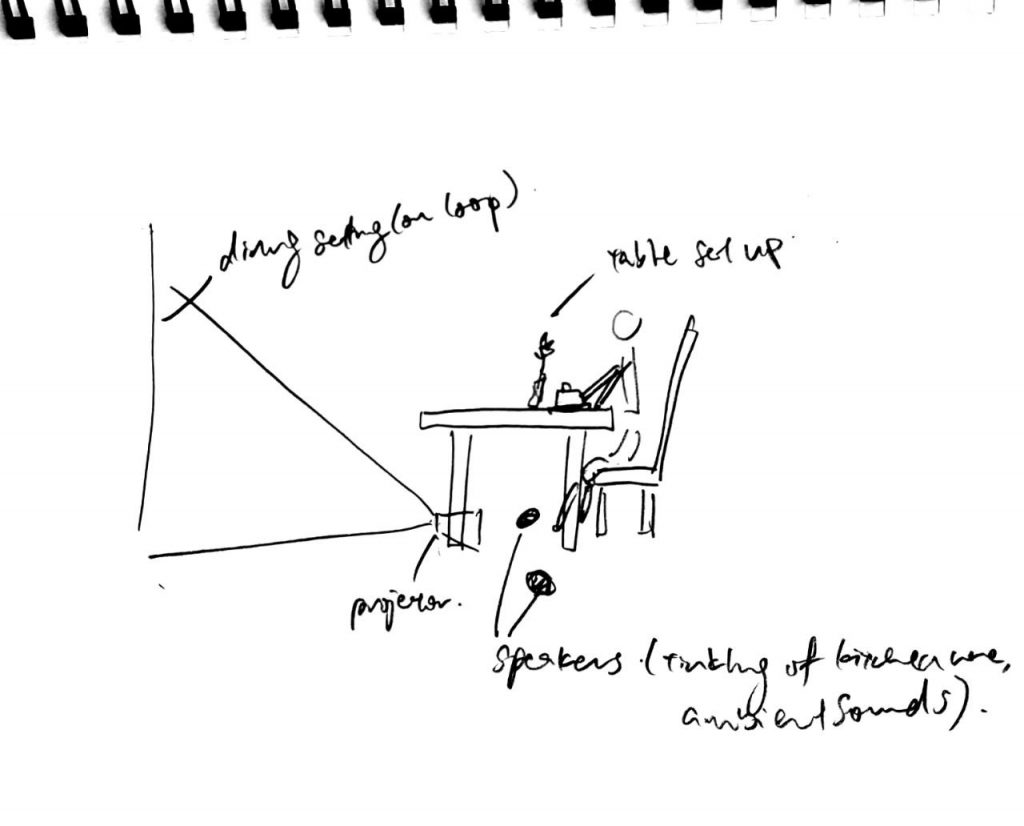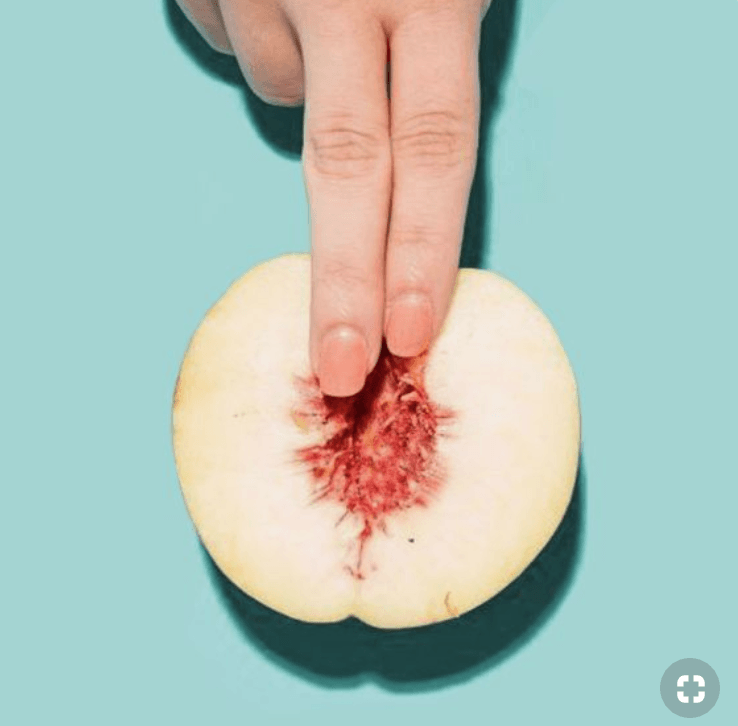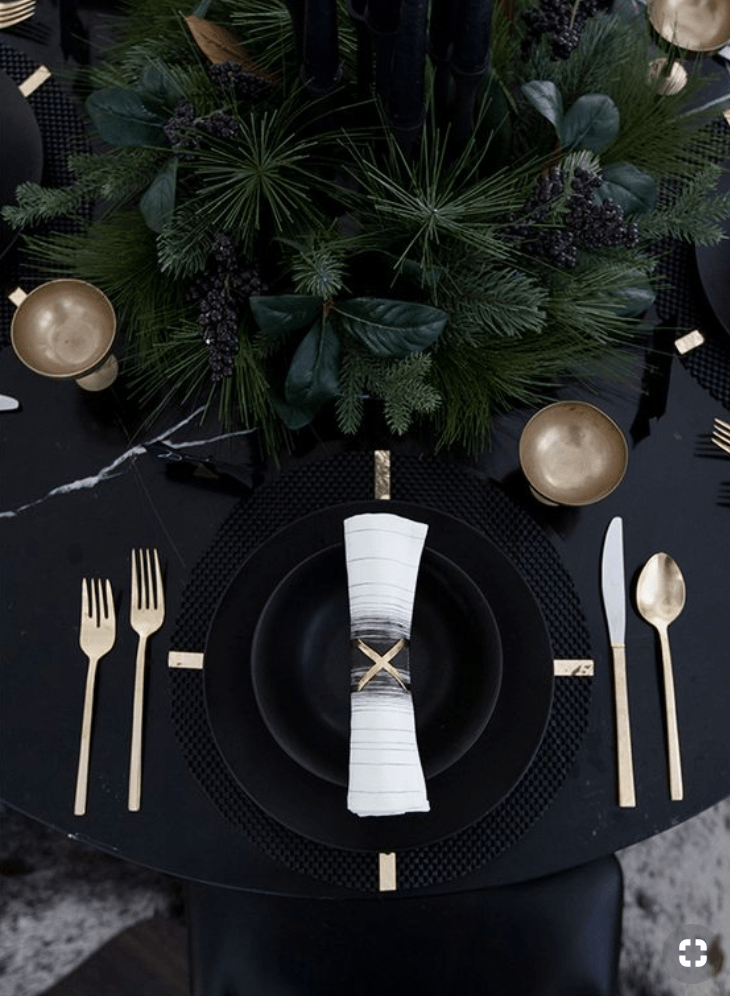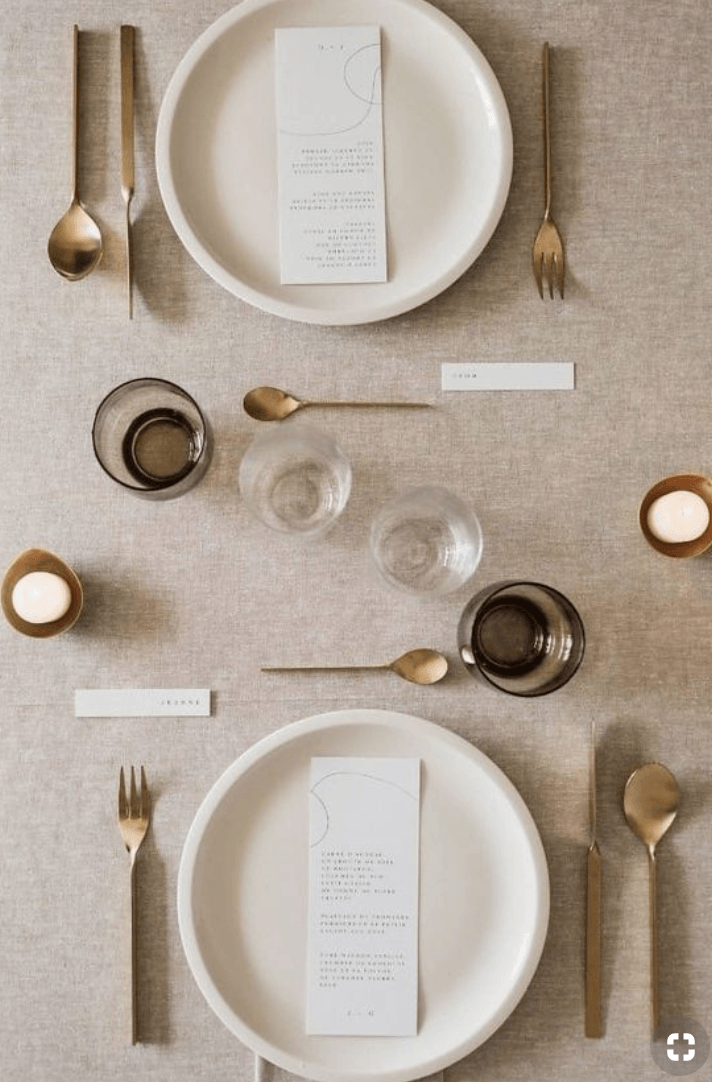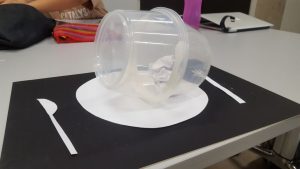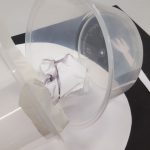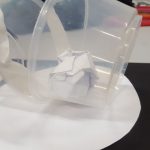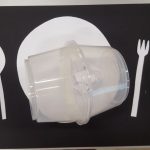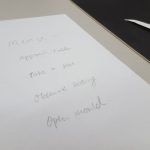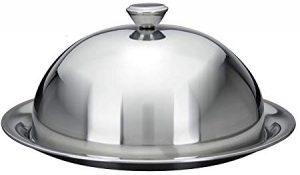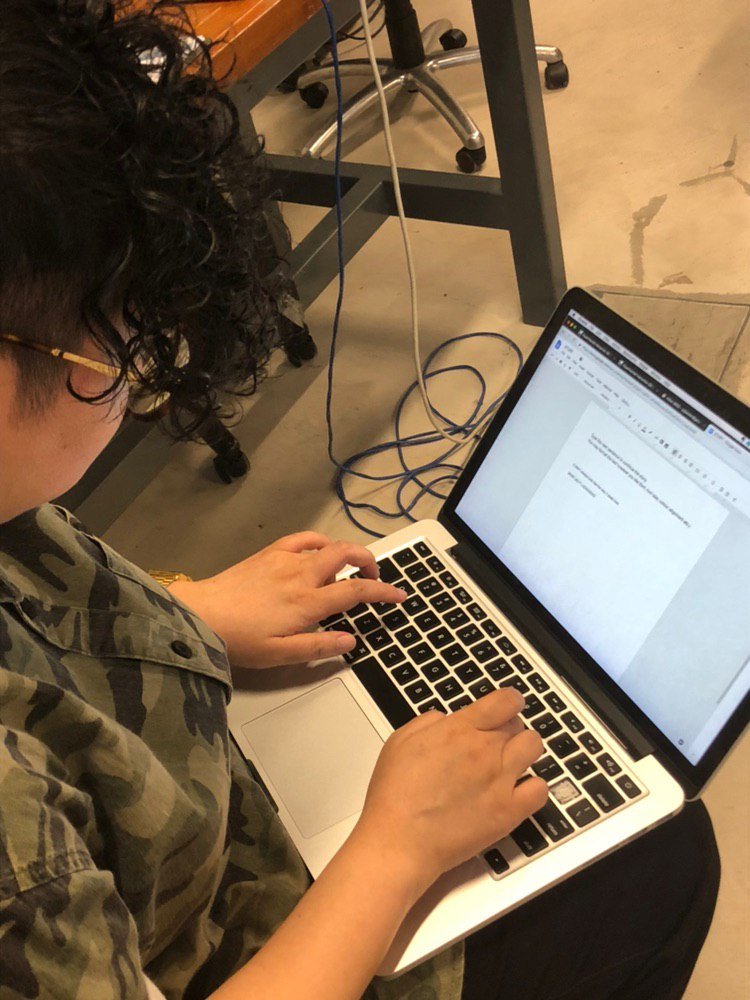Final
This installation, titled Consent, is in response to the notion that consent is unclear which have contributed to a host of misinterpretations and unconsenting sex. We believe that consent shouldn’t be overlooked during sex and should always be clear and assertive. Our installation seeks to act as a reminder to all adults to give and seek consent before any kind of sex, be it oral or penetration. The participant sits through a 3-course meal in a fine dining setting. The first 2 courses allude to foreplay before sex; the first dish being a strawberry glazed with honey and dipped in chocolate, the second being an undressed peach. The participant glazes the strawberry with honey and dipped it in chocolate. This act gives the participant a strong erotic visual and experience, setting the mood of the installation. Next, the participant is cued to move on to the next course, a peach in a flirty and frilly thong, by the waiter, through the lighting of tea lights. The participant is guided along to caress the peach and to undress it. He or she then proceeds to slice a piece of the fruit for his or her consumption. The final main course, which alludes to the vagina, is a peeled grapefruit and is concealed by the food cover. The participant will follow an auditory guide through the first 2 courses. At the main course, the participant, who has already been conditioned to the flow of the 3-course meal, would attempt to pry open the food cover without prompt. Upon opening, all ambient visuals and sounds will cease and the screen will project this sentence, ” Sex is not a natural conclusion”. The dissonance in the intimate audio guide in comparison to the ambient settings illustrates the fabricated reality of the person engaging in foreplay and actual reality. This highlights the fact that the perception that sex seemed like the only conclusion for the night, given the flow of events before, is a crass assumption of the individual. Consent should be explicitly sought after and given.
Final installation
ASSETS
The accompanying audio guide can be accessed here:
Welcome, thank you for dining with us tonight. To achieve the full experience out of this dining process, please listen to this audio track.Reach over to the honey on your right. Drizzle it over the strawberry as your eyes trail its path. Pick her up and dip it gently into the chocolate ganache. Go on, you can double dip, you can do anything you want. Now, bring it up to your lips and let your tongue glaze over her. What does she taste like? Close your eyes and take a bite. Sweet like a first kiss, isn’t she?With your fingers, trace the contours of her body. Oh, don’t be shy. She’s all here for you. Tell me, Who does she remind you of? Now, gently remove those frillies. You don’t want to get that messed up, do you? Pick your tools up and insert the fork into her flesh. Nestle your knife in between her curves and go back and forth. Back and forth. Slice through her tender skin. Have you gotten a piece of her yet? Go on, have a taste of her succulent flesh.Now dear, remove your earbuds. It’s time for the main course.
Play test 1
First round of play test was quite chaotic as our photocell was overly sensitive to the lighting conditions. Moreover, the clear plastic food cover has not yet been covered, thus it affected the lighting greatly. However, later at the end of class, we consulted Lei for the technical faults and we managed to resolve it. It might have been the connection of the wires as we did not make changes to the code and the interaction worked as it should have, later.
Play test 2
We wanted to test out the interaction on the projector but could not as the projector failed to recognise the input. Thus, we consulted the technicians at the equipment lab the next day and managed to resolve it by loaning another HDMI cable.
play test 3
Process
Connection of wires
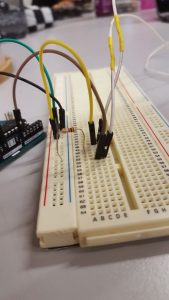
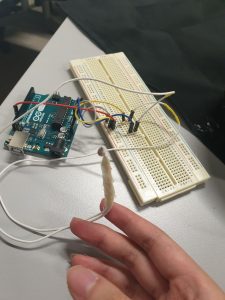
Spray painting and sanding down food cover
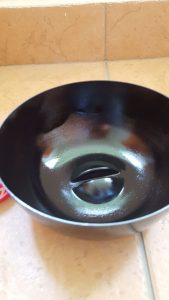
Tried to cut strawberries to imitate lips but failed.
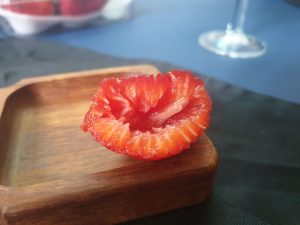
Lingerie for the peach
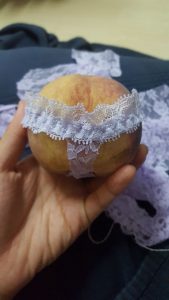
Wrap the wires and photocell with tape and cling wrap. Drill a hole in the middle of the plate and thread it through the hole and grapefruit.

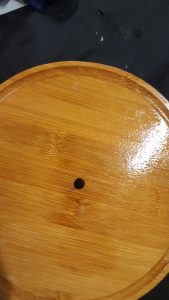
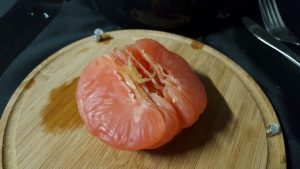
GUIDE TO REPLICATING THIS INSTALLATION
Electronic Physical Tools
- Arduino
- Breadboard
- Photocell with extended wires soldered together
- Wires
- 1 10KResistor
- Projector
Software
- Arduino Uno
- Processing
Set up
- Wooden circular plate with a hole in the middle
- Magnets
- 3 smaller plates/bowls
- Table napkin
- Wine glass
- Tea lights
- small glass container
- Fork and Knife
- Napkin
- Lighter
Food items
- strawberry
- chocolate ganache
- kisses chocolate
- peach
- lingerie for peach
- grapefruit
- sparkling wine
- honey
step by step Guide
- Set up your breadboard according to this arrangement
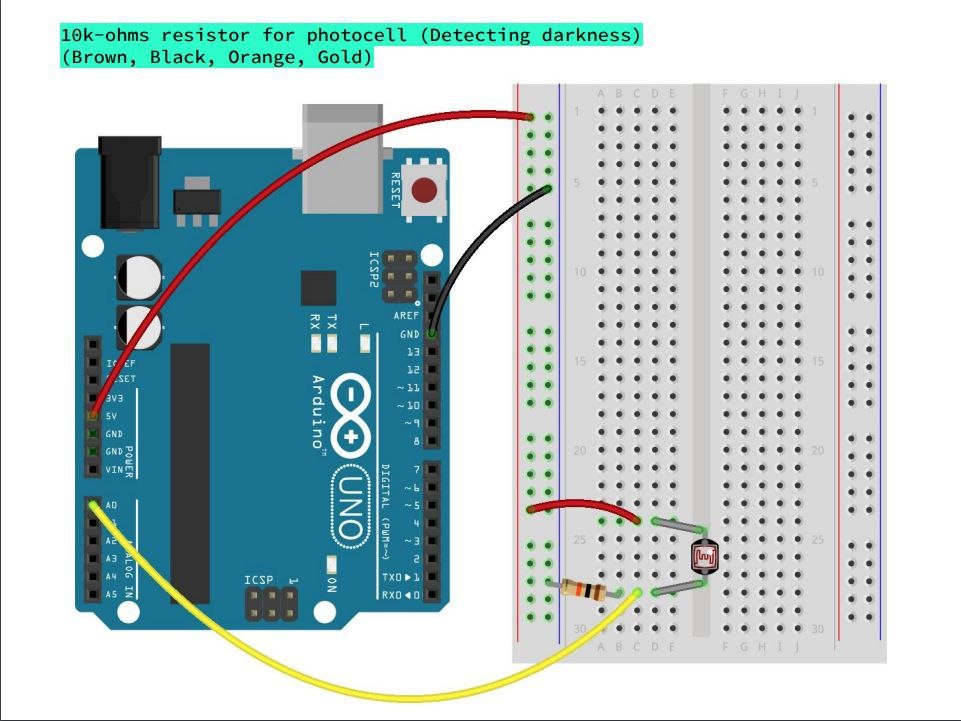
2. Arduino Code
- Test for light values
Photocell Input Code
- Apply code in Arduino
3. Processing Code
- Load the 2 video assets into the library
- Apply code
4. Connect the laptop to the projector and screen the video
5. Lay the table out accordingly
6. Switch off the lights
7. Play the audio guide (above) for your participant through earbuds or earpiece
8. Guide the participant through the installation by lighting up the tea lights
